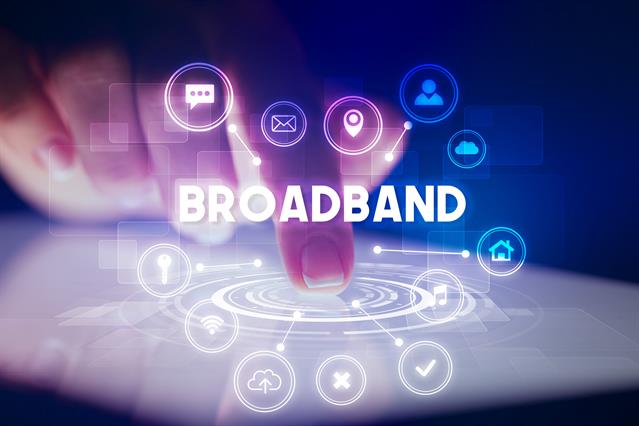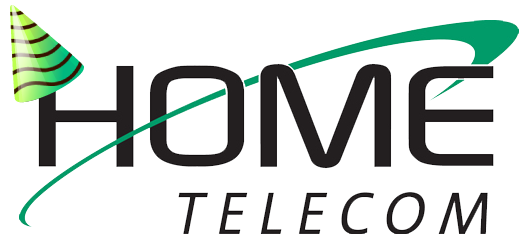
Here at Home Telecom, we know that internet and technology terms can be confusing. We want to break down the basics of what is broadband internet and explain how it works and how it can benefit you.
What is Broadband?
First, let's answer what is broadband? Broadband is a type of high-speed connection that helps to carry data. Broadband data can be received in two different ways.
- Wireless Mobile Broadband - This type of data is received over cellular devices. When cell phones cannot connect to Wi-Fi, phones will use cellular data through the wireless service plan.
- Landline or Fixed Broadband - This type of data is transmitted over wireline connections. For example, a computer, laptop or tablet are linked to a Wi-Fi router, which allows them to connect to the internet wirelessly.
The Evolution of Broadband
Broadband delivery options have significantly evolved over the past two decades. Let’s explore the differences and how they impact communities.
- DSL - The first and oldest type of broadband technology is DSL, which uses copper lines through traditional phone service lines. DSL has a slower connection and transmission speeds and usually requires expensive equipment, but it is available in most rural areas.
- Cable Modem - After DSL, broadband technology began exploring Cable Modems. These types of modems transmit data over coaxial cables, which are used for traditional Cable TV service. Cable Modems can provide higher speeds than DSL, but this service is not available in most rural areas.
- Fiber Optic Cables - The latest broadband technology involves Fiber Optic Cable, which relies on glass fibers used for long-distance, high-performance data networking. Fiber Optic Cable is the newest form of technology, offers increasingly high speeds of 1Gbps or more and can handle the increasing need for data going forward.
Why Gigabit Speed Makes a Significant Difference
High-speed internet or Broadband is defined as speeds between 25 Mbps for download and 3 Mbps for upload speeds. While that might seem like good speeds, the more devices or users on a network, the more that bandwidth is divided among devices, slowing down each one. Some residential internet speeds can reach up to a gigabit per second (Gbps) of download speed or 1,000 Mbps. Bandwidth with higher speeds is suitable for businesses, multi-family homes and large families.
For example, let’s take a typical 90-minute HD movie that is around 4 GB. If you’re on 25 Mbps, it will take 22 minutes and 54 seconds to download. 50 Mbps would be 11 minutes and 27 seconds. 500 Mbps would be 1 minute 8 seconds. 1 Gbps would be a mere 34 seconds!
Nearly 90 percent of American households have three or more devices connected to the internet. Just under 50 percent have five or more connected devices, and almost 25 percent have seven or more.
If your internet speeds are lagging, it may be time to look at upgrading your devices, especially if you have multiple connected devices on your network. Explore more about Home Telecom’s high-speed internet solutions.
